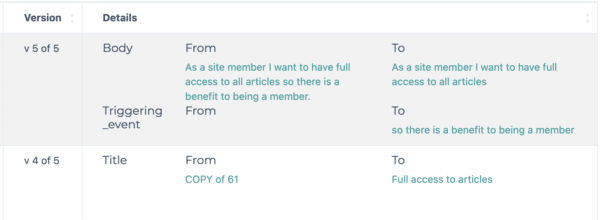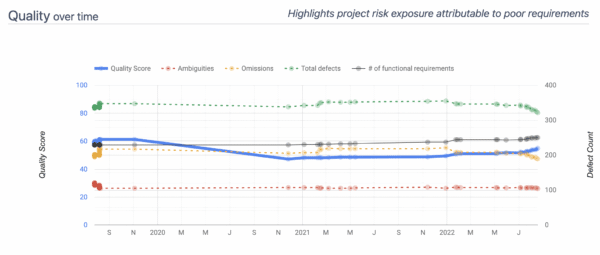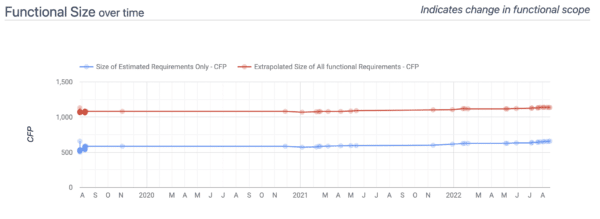What is Requirements Change Management?
As you write your software requirements (or user stories), you need to keep track of how frequently and how much they are changing over time. This is requirements change management. Changing requirements (once development has begun) is quite disruptive and can lead to significant rework. A well run software endeavour will get the requirements mostly right first time. In order to achieve this, it will be doing all of the following.
- tracks changes to requirements
- challenges changes to requirements
- minimises unnecessary changes to requirements
- audit changes to requirements
Requirements Auditing

Sometimes changes are unavoidable. But when they do change, it can be very helpful to see when they changed and by whom. For this ScopeMaster has a built in report that shows every individual change that was made to a requirement, by when and by whom.
The Benefits of Requirements Audit Reports
Sometimes, just the fact that everyone knows that changes are being tracked, encourages behaviour to do better quality work on them from the outset. This requirements quality discipline is rare in many agile teams.


